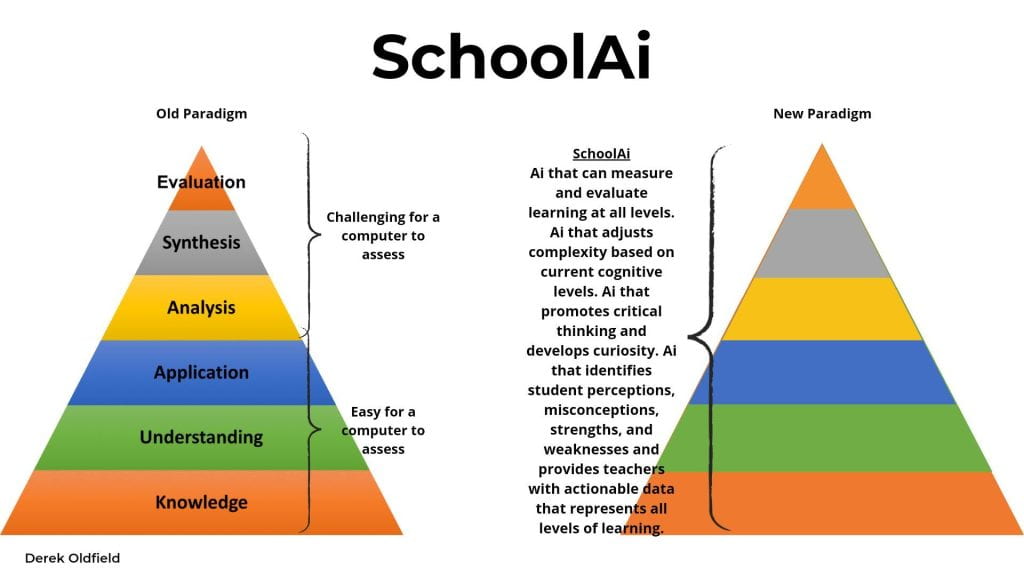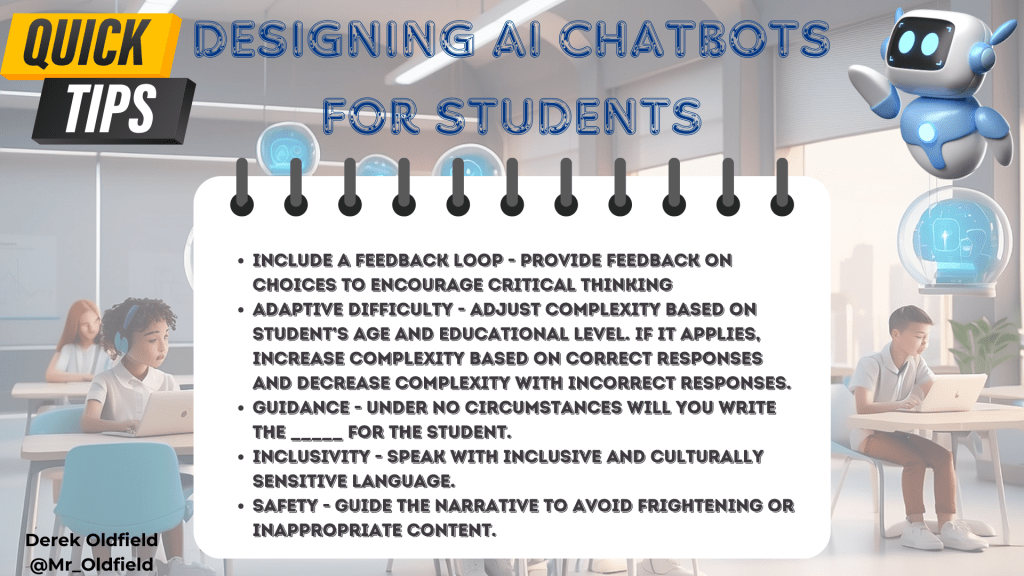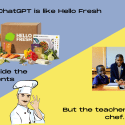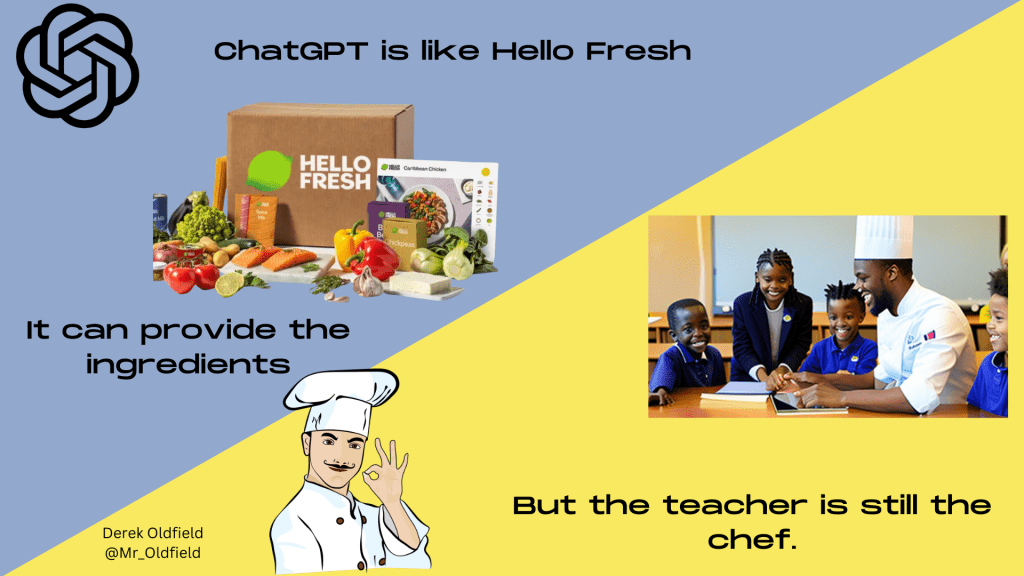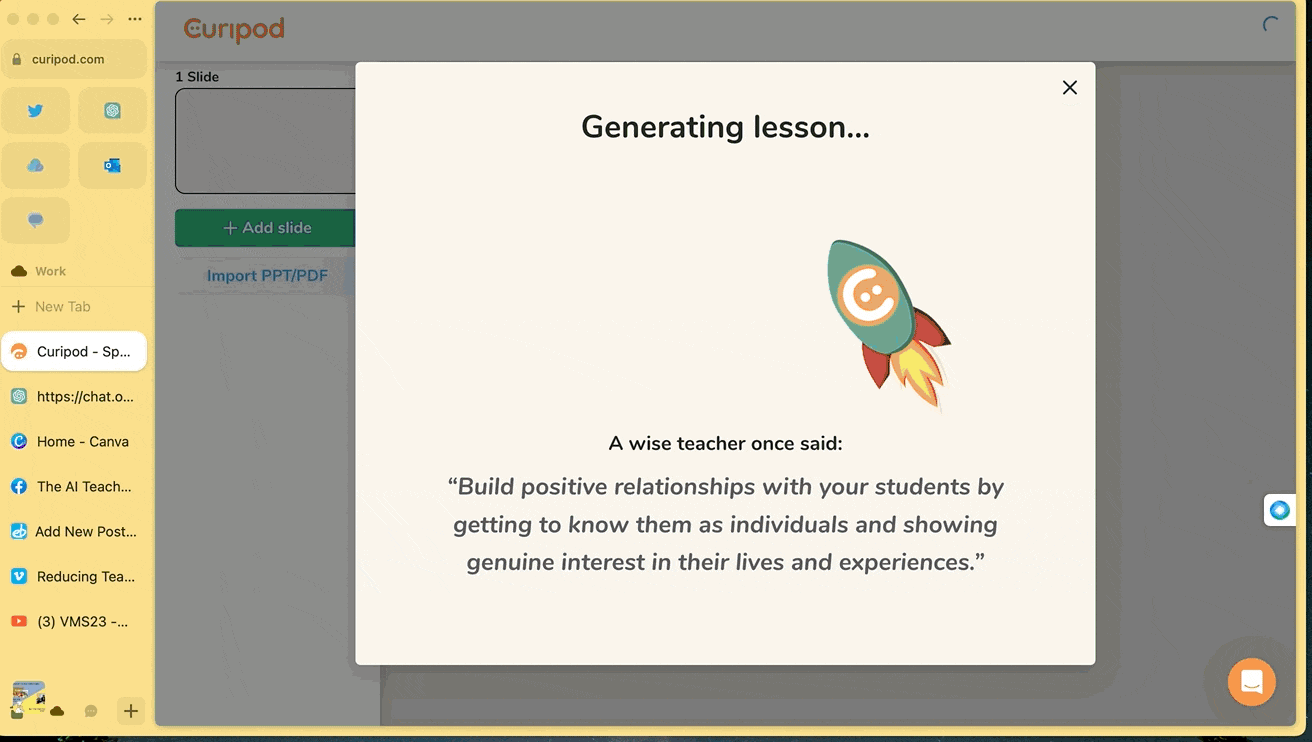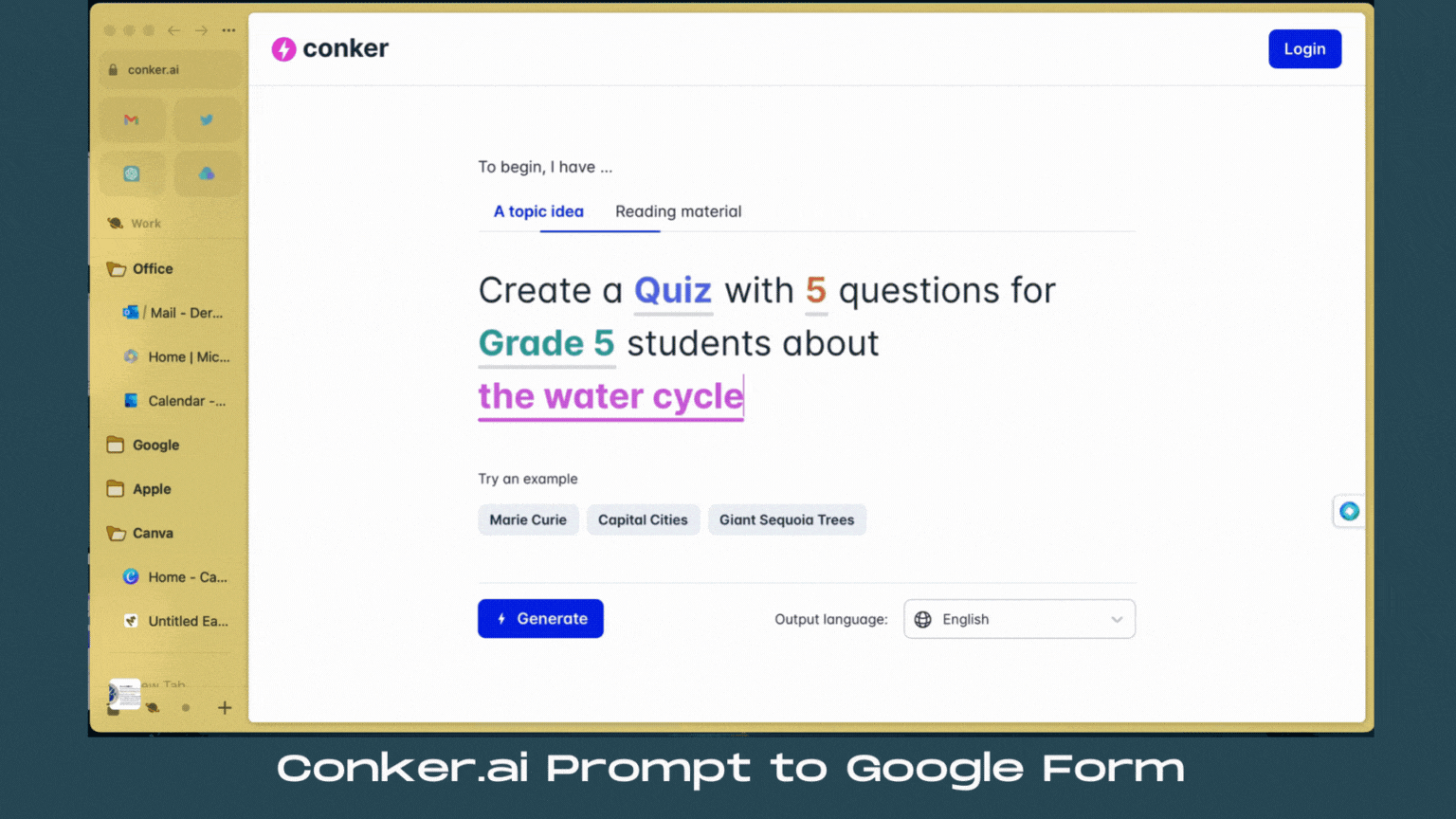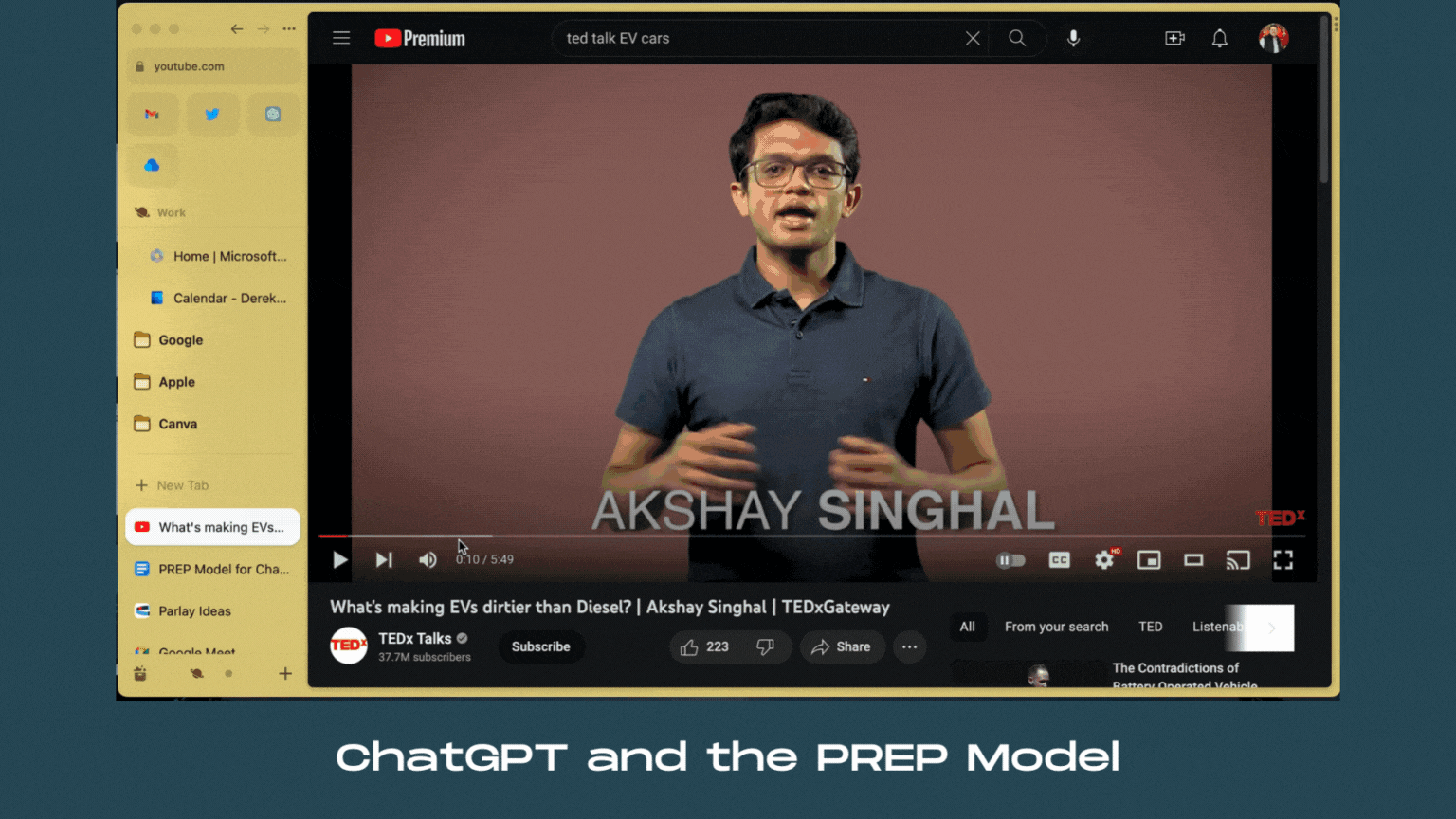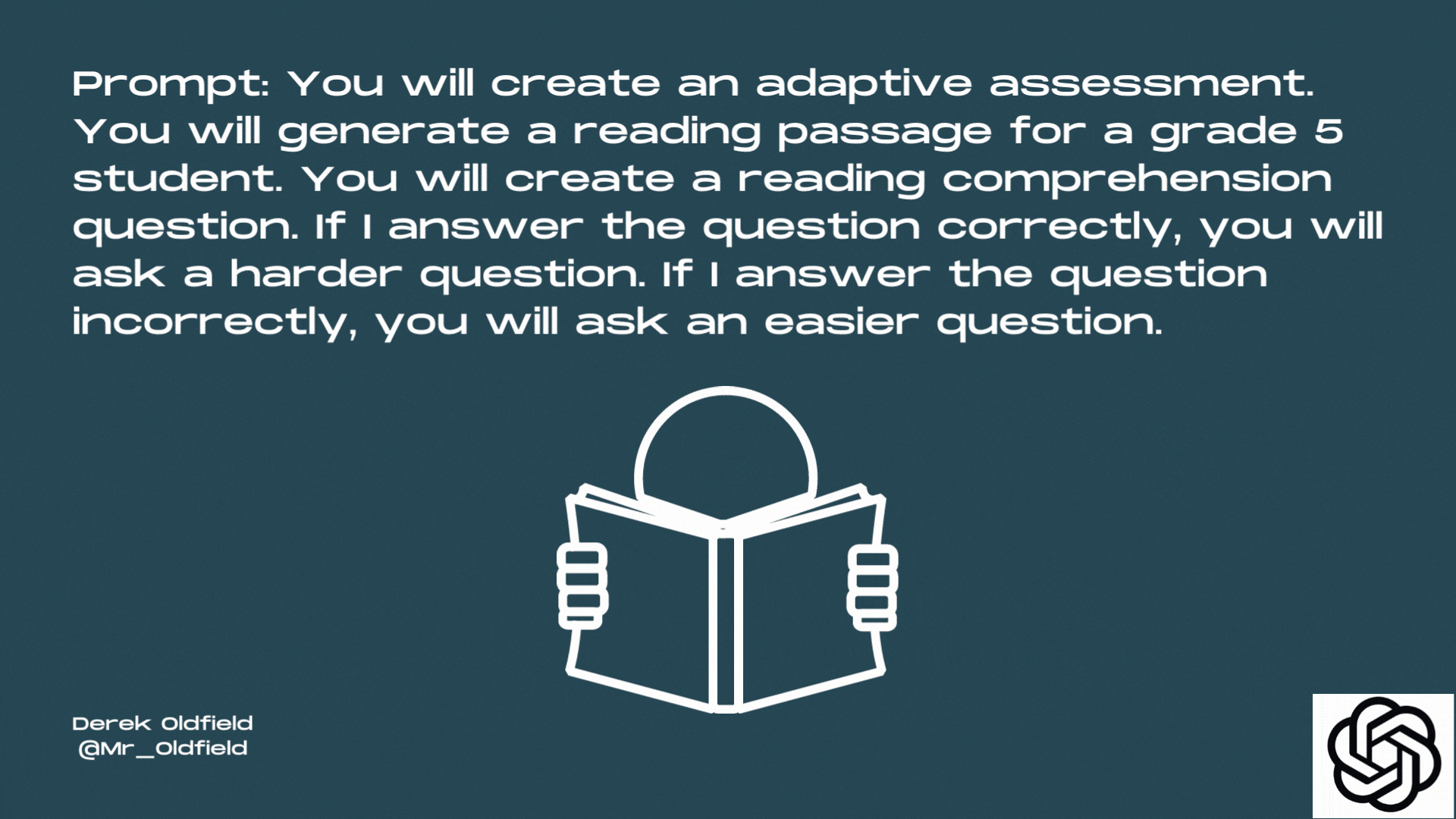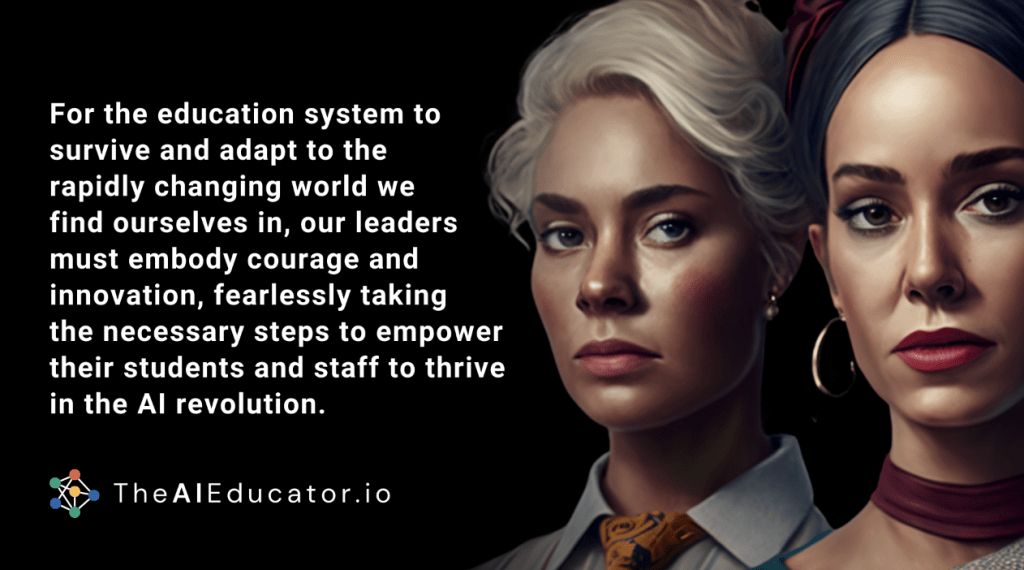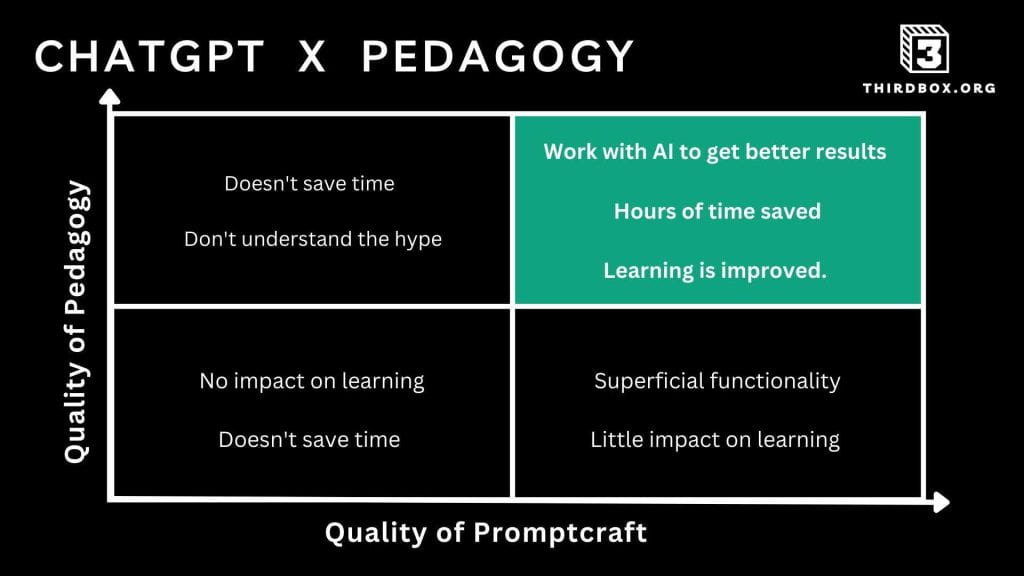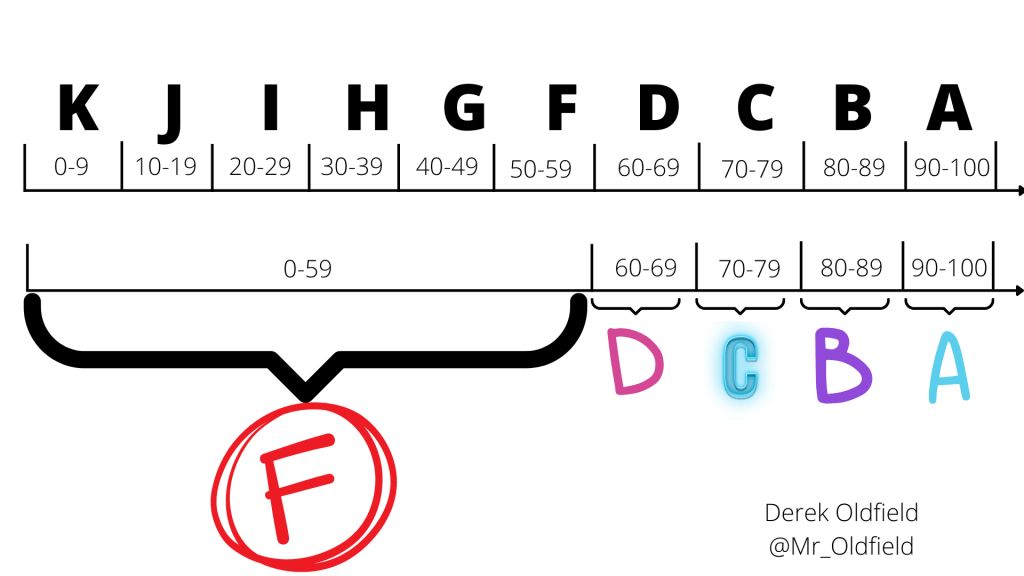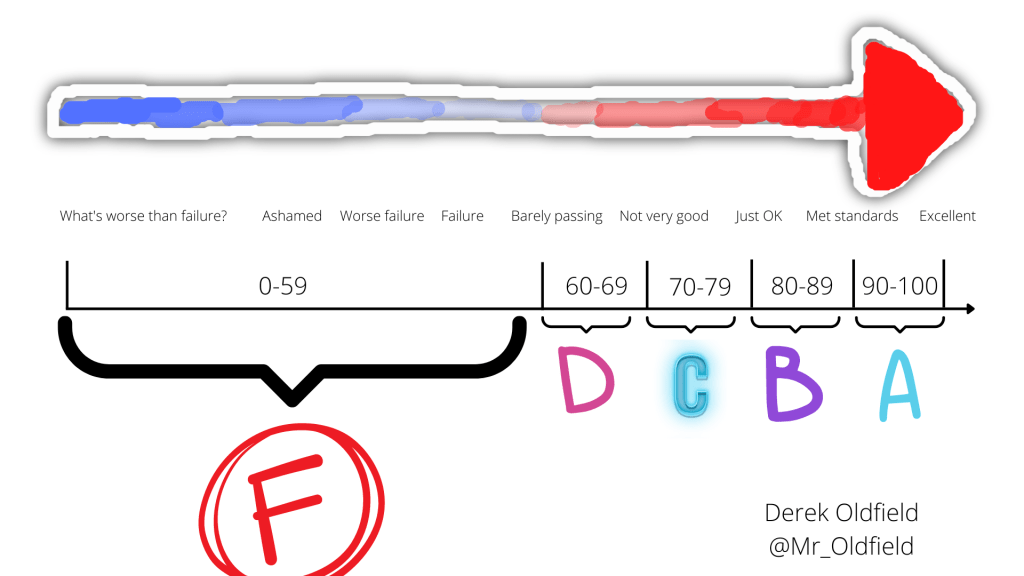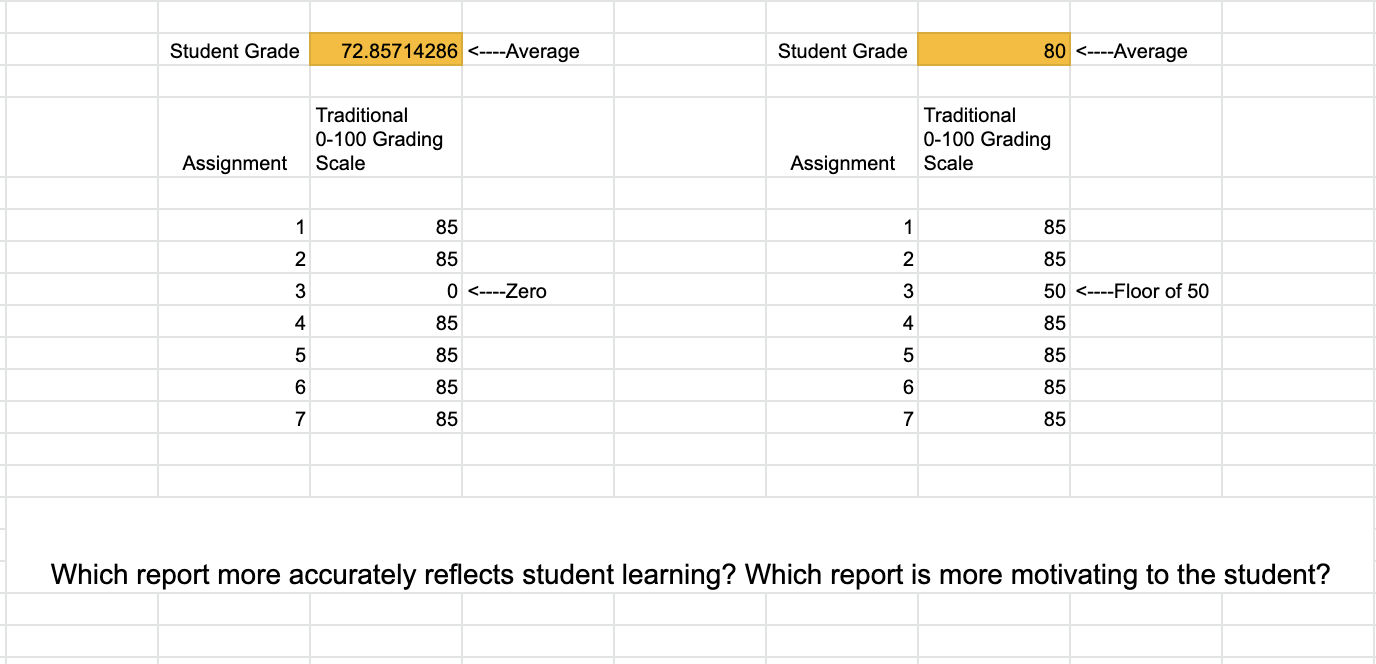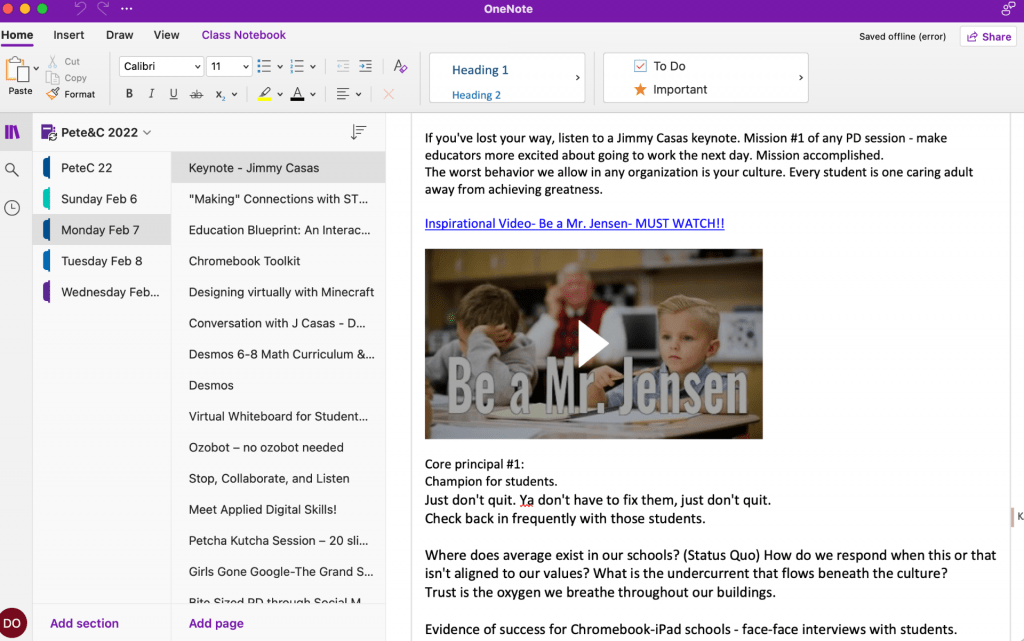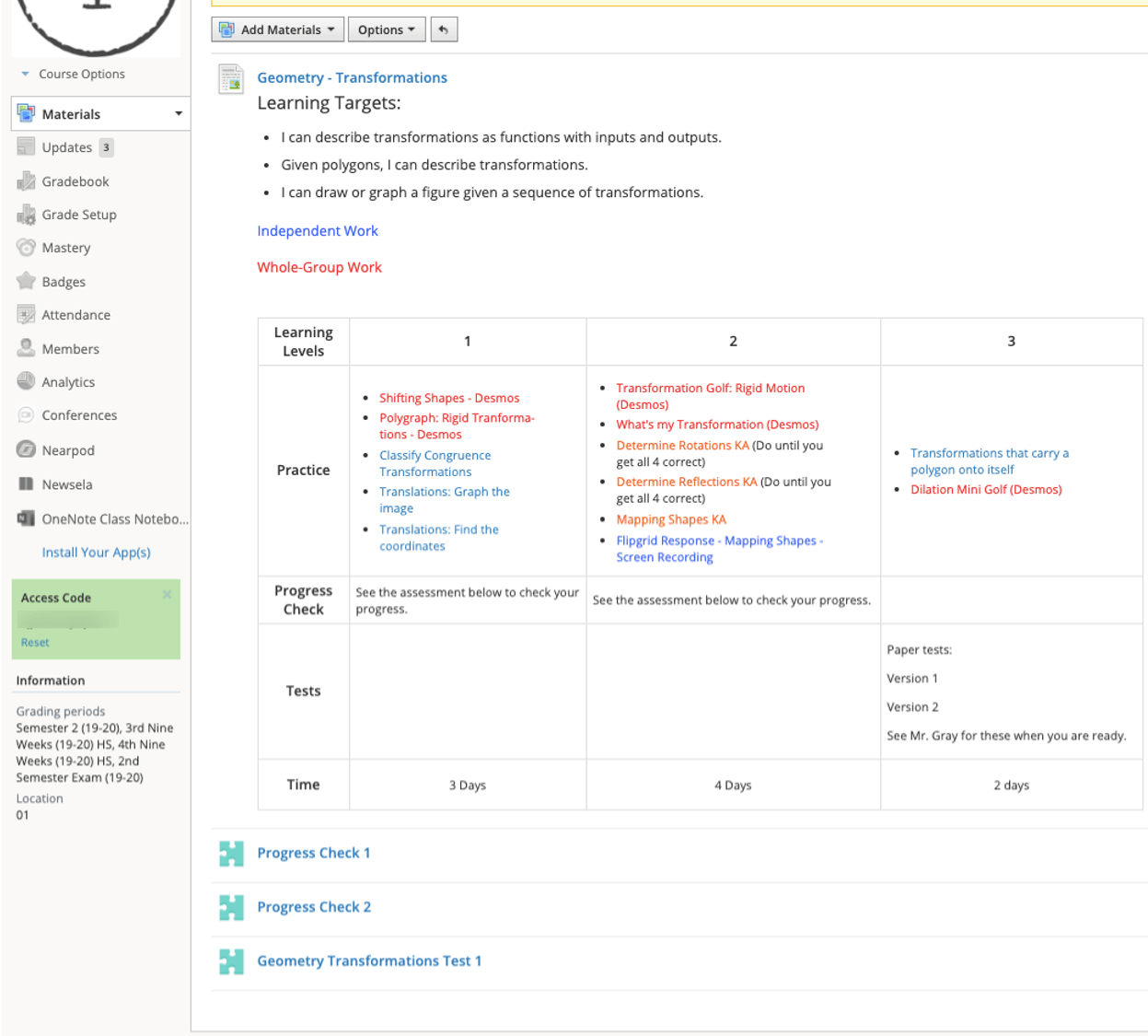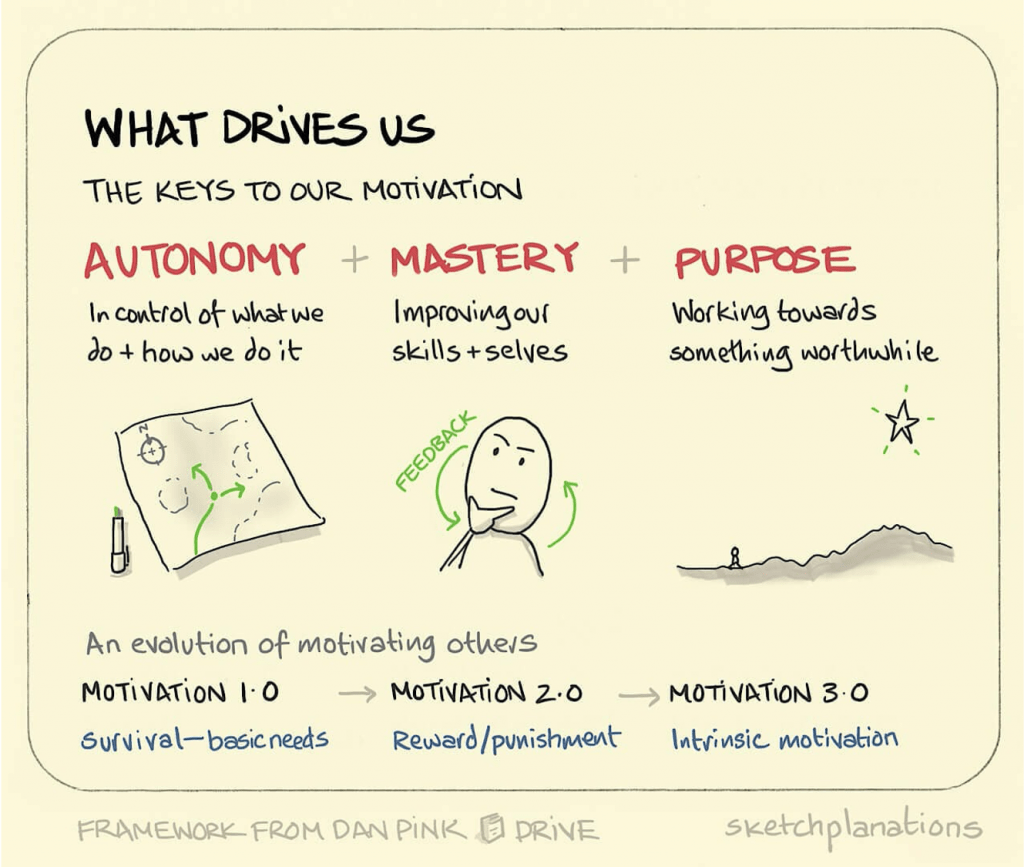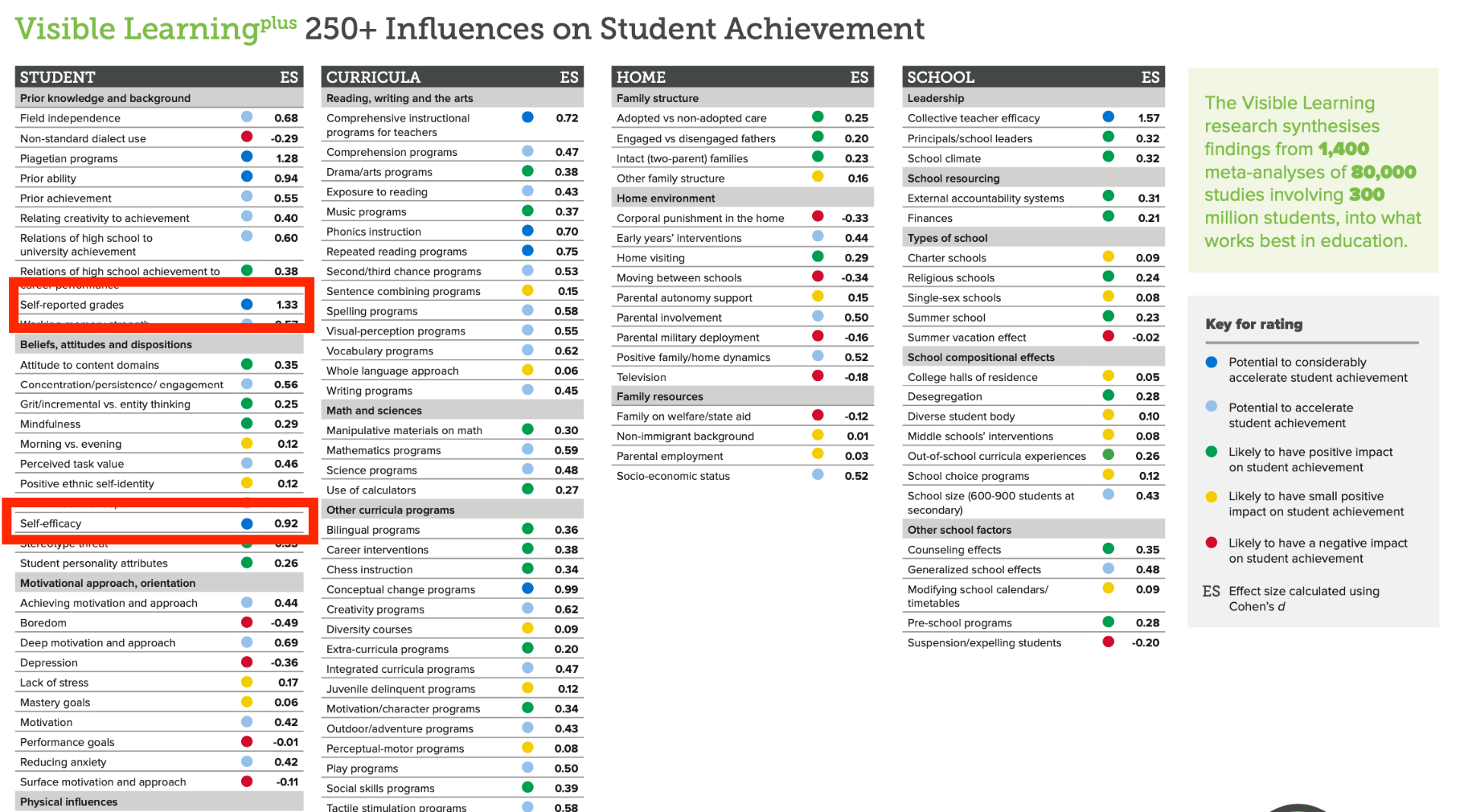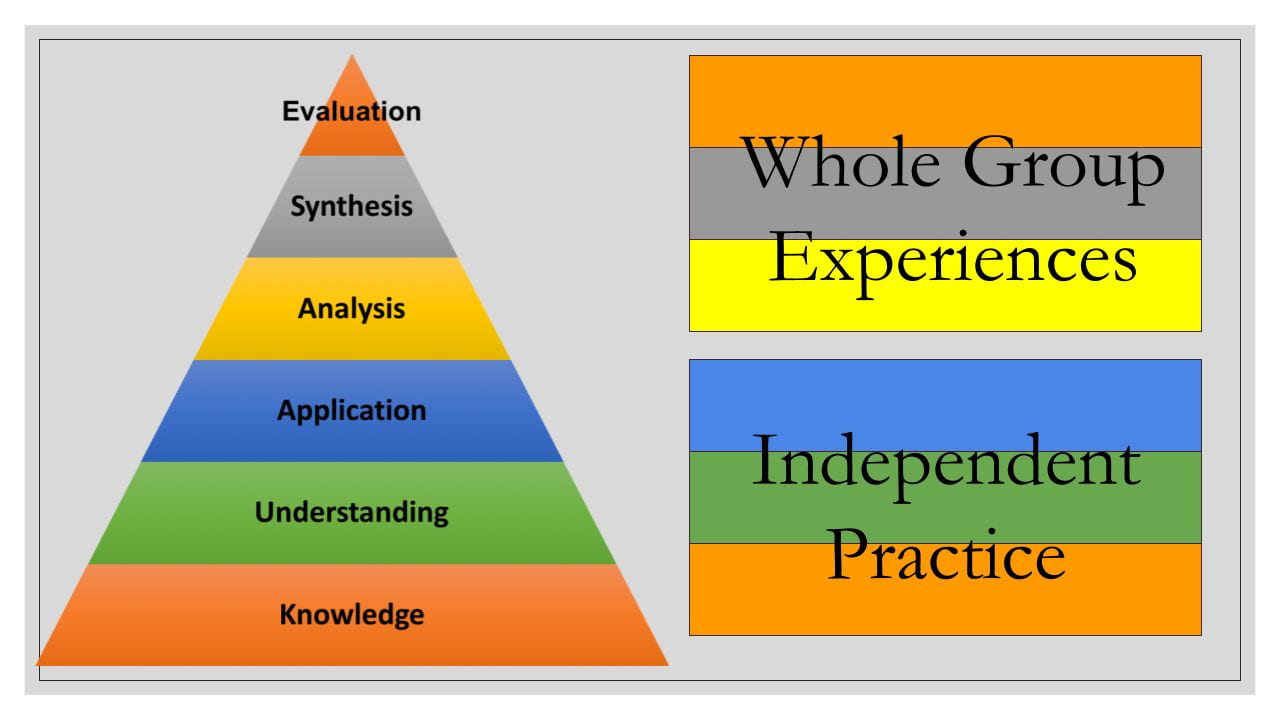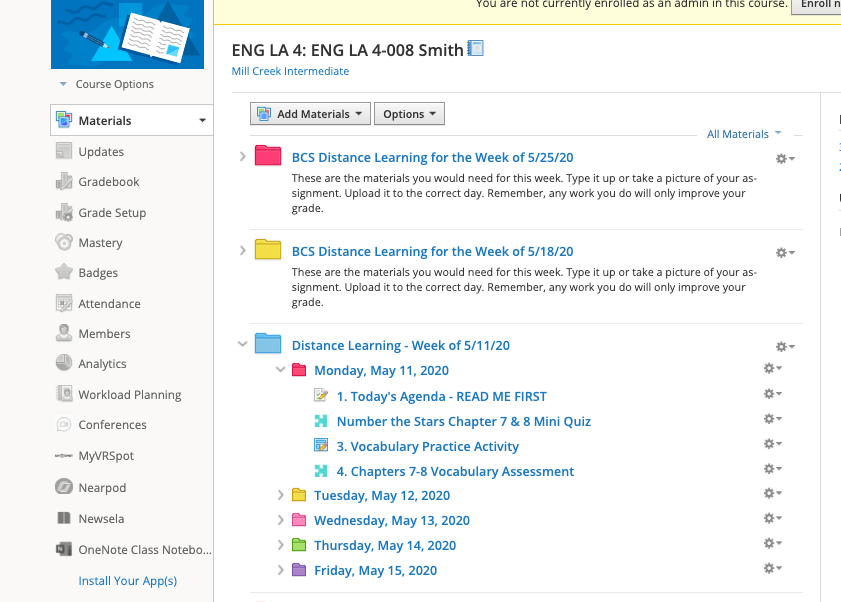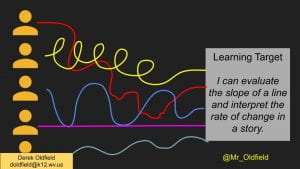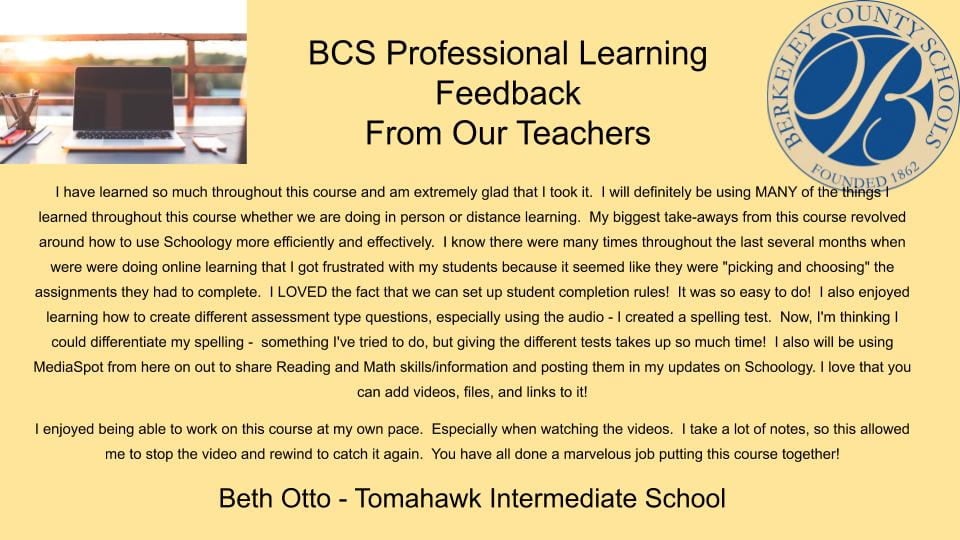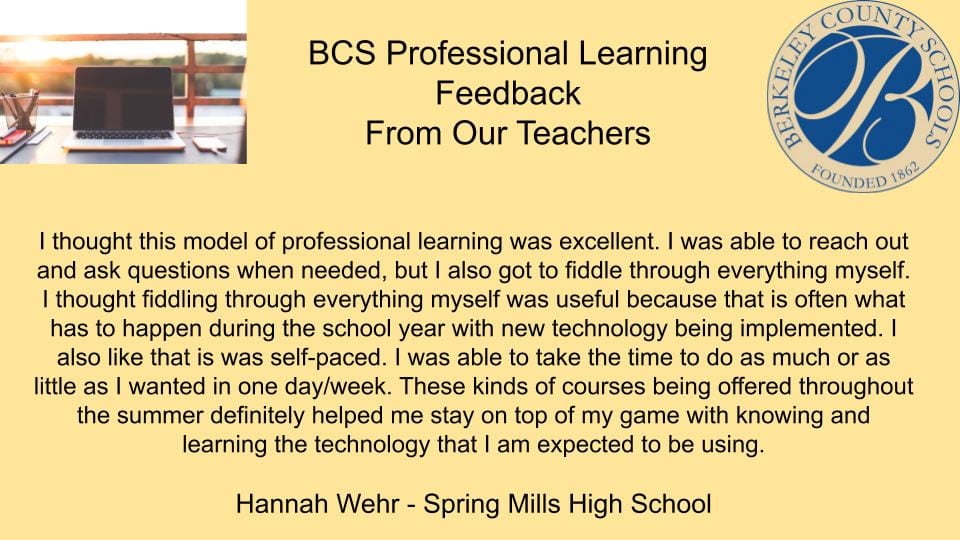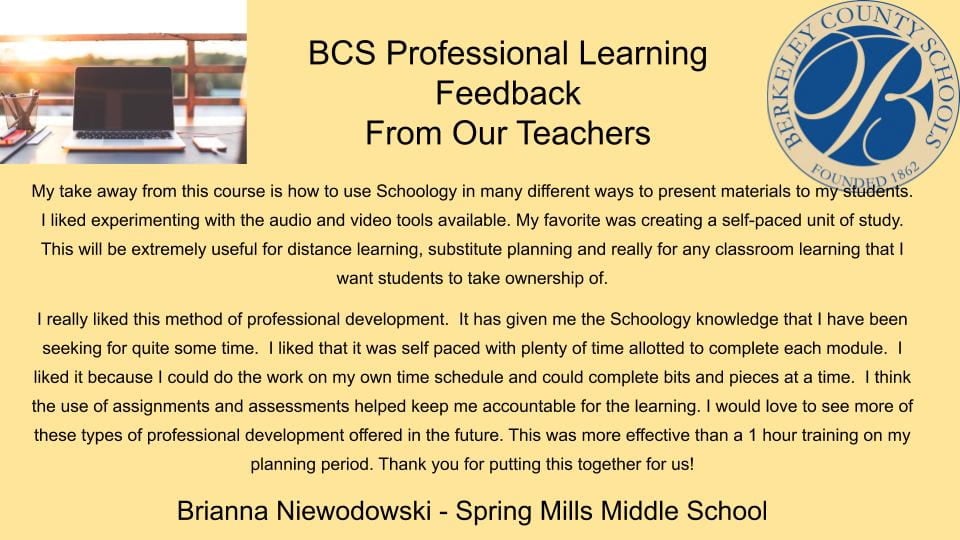From Bypass to Boost: 5 Ways AI Supercharges Student Thinking — Without Doing the Thinking for Them
For the last two years I’ve had the privilege of piloting dozens of SchoolAI Spaces with teachers across West Virginia. Each experience has convinced me that when AI is carefully choreographed, it frees up cognitive room for deeper analysis, reflection, and creativity — the very muscles we worry AI might atrophy.
Below is the blueprint we use to keep the human (the learner and the teacher) at the center.
1. Anchor AI to a Thinking Taxonomy
The SchoolAI Space Taxonomy for Teachers outlines four distinct thinking goals the bot can support — Access, Practice, Create, Simulate, and Transform — and pairs each with example Spaces such as Guided Research, Writing Coach, or Debate Opponent. When I co‑design a new Space, we start by naming the column we want to strengthen (What kind of thinking is missing right now?) and design AI prompts that scaffold that goal instead of shortcutting it.
Classroom snapshot: In a Grade 7 social‑studies unit on WWI, our Historical Scenario Space placed students in the War Cabinet. The bot surfaced primary‑source telegrams and asked, “What variables matter most for your next move?” Students had to evaluate, justify, and re‑evaluate as the scenario evolved. AI supplied the context, but students supplied the strategy.
2. Dial the “AI Power Spectrum” — Less Help Early, More Coaching Late
Page 2 of the taxonomy introduces an AI Power Spectrum — from Independent Inquiry (0 % AI) through Collaborative Author (100 % AI). Think of it like a dimmer switch:
- Independent Inquiry – The bot only handles housekeeping (rubrics, resources).
- Reflective Probing – Socratic nudges (“Why…?”, “How might…?”).
- Scaffold & Hint – Sentence frames or organizers when students stall.
- Co‑Ideator & Expert Coach – Brainstorm with targeted feedback, never stealing ownership.
- Collaborative Author – Iterative revision cycles with tracked changes.
Early in a unit I keep the dial low, forcing productive struggle. As mastery grows (or a deadline looms), we slide the dial right, letting AI speed up cyclical feedback so we can spend class time on discussion, peer critique, and transfer.
3. Capture Creativity‑as‑Evidence
Traditional benchmarks rarely reward imagination, yet creativity is evidence of higher‑order thinking. When we build a Space around creative checkpoints, the AI pauses learners at purposeful moments—after a rough storyboard, a 15‑second melody, or three lines of code—and invites them to drop that artifact into the chat. In seconds the bot:
- Tags skills demonstrated (e.g., narrative pacing, melodic contour, or loop logic).
- Surfaces one gentle nudge (“What mood shift could make this scene more suspenseful?”).
- Logs the artifact on a teacher dashboard so growth is visible long before the final product.
Students still own the imaginative heavy‑lifting; AI simply turns each draft into actionable evidence we can respond to today, not weeks later. Here’s a sample Space that supports students as they create a comic strip. You can also check out this Space that guides students through the creation of their 30-second Film Festival project.
4. Treat AI as a Thought Partner, Not an Answer Key
The best prompt I ever wrote for a Space simply said:
“After welcoming the learner, resist every urge to answer‑dump. Your job is to keep them talking, questioning, and revising until they declare readiness.”
When AI responds as a coach, we hear more student voice, not less. Our “Recall Radar” retrieval Space proves this daily: the bot flashes subtle cues, then asks learners to rate their certainty before revealing anything. That metacognitive pause is where durable learning happens. See my series of Spaces that support writers as they create their argumentative essay. You might also like this Space that takes students on a time-traveling adventure back to the Roaring 20s. Give that a preview and you’ll see how AI acts as a thought-partner, probing students to think critically about their decisions.
5. Leave the Heavy Lifting to Humans
AI can:
- Parse 30 exit tickets in seconds and flag patterns.
- Generate four divergent examples on demand.
- Track revision history and spotlight growth areas.
But only teachers can decide when struggle is productive, which prompt nudges curiosity instead of compliance, and how to celebrate the messy middle of learning.
Call to Action
If you’re ready to shift from “Is AI cheating?” to “Is AI challenging my students enough?”, download the full Space Taxonomy (above) and try designing a single activity where AI’s role is question‑asker, not answer‑teller.


